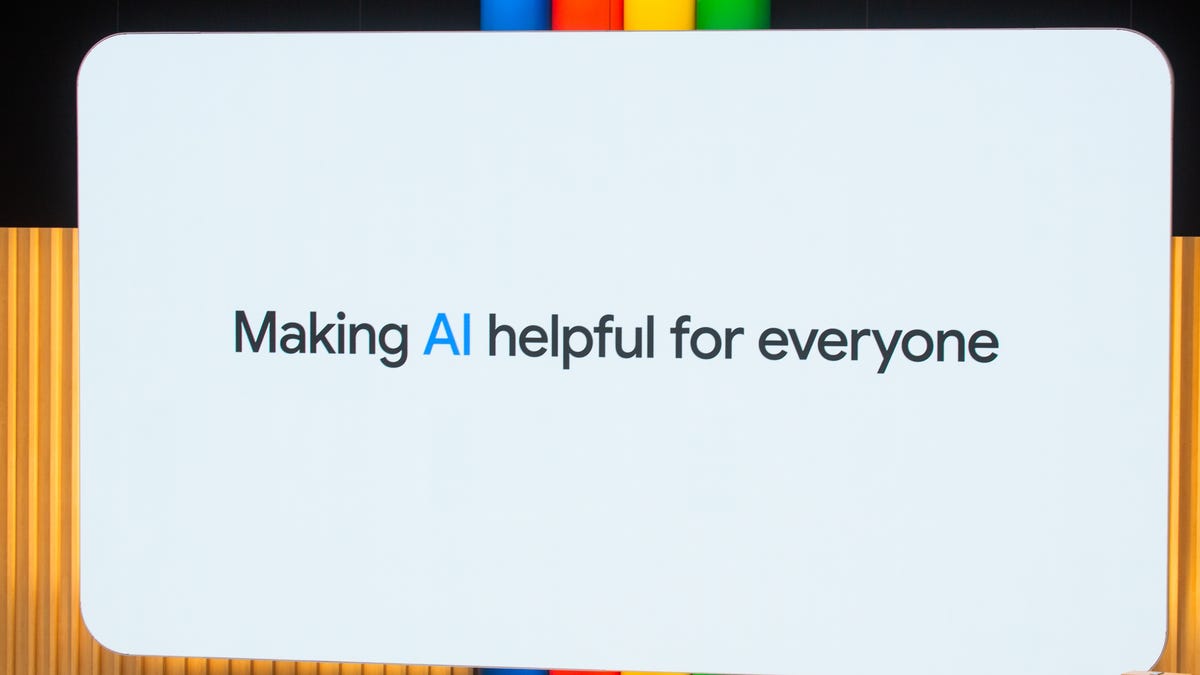The potential of AI – especially gen AI – has captured the imagination of marketers. The creativity that builders of brands are demonstrating as they use this wonder tech, matched by the speed at which the technology itself is advancing – leaves us with little doubt that generative AI is here to stay with us marketers.
But the outcomes we generate can be as distinctly different as our approaches. We could get exponentially more productive, more creative. Or, at the other end, create for ourselves a recipe for chaos and disastrous decisions. The difference lies in one strong differentiator – the structured and unstructured data foundation – which is the bedrock for positive results when it comes to gen AI-powered programs. Indeed, that much bandied ‘garbage in, garbage out’ pattern can sabotage the efficacy of even the most well-intentioned, well thought out gen AI-powered activations.
So, what then are the cardinal rules of cultivating data for gen AI to effectively amplify marketing efforts? Here’s a way to start to think about it:
Dig Deeper for Context: It takes both must-have and nice-to-have layers of quality data to provide the richness of context for generative AI to effectively perform even a routine marketing task. An absolute essential is data that brings lucidity to instructions that describe the task to be performed. For example, comprehensive inputs on approved colors, fonts and tone of voice when performing a brand guidelines compliance check. Beyond mere instructions, holistic knowledge can enrich outcomes. Continuing with the example of brand guidelines check, this data could include FAQs, discussion forum content, and even the entirety of the content of the brand guidelines. Data that builds knowledge can also include examples of common mistakes to avoid when applying the guidelines.
Factoring in insight into user personas and their work context is great input too. For example, some marketing roles demand creatively rich output and for some others a relatively simple and plain production works best. The brand guidelines need to support both contexts – but differently. Data about the history of the interaction with the brand guidelines can help generative AI respond better to the marketer’s need. Industry best practices are a layer of data that can add immense value too.
Bust the Silos: Generative AI has transformative potential when it comes to crafting personalized customer experiences at scale. Marketers know they can use it to drive a multi-channel, data-driven approach to tailored interactions that match individual preferences and customer behaviors. Very often, in our enthusiasm to get ahead, we marketers invest in several AI-powered point solutions to add to our tech stack. And each solution, in the absence of a single pane view into customers, works from a siloed dataset to build its personalization model.
The result – every tool addresses a different aspect of the customer experience or journey, with little to no context of what another tool may be delivering referencing a completely different dataset but for the same customer. The outcomes, in such a scenario, can be far from desirable. For example, Air Canada was ordered to pay damages to a passenger after its virtual assistant gave him incorrect information about lowered bereavement fares that the airline then determined that he was not eligible to claim. Creating a data fabric – that’s a single source of customer truth for buyer profile, purchase history, record of complaints, level of satisfaction and likelihood to churn – is an essential prelude to harnessing gen AI for marketing.
Better Safe than Sorry: Making sure data is reliable, checked for bias, trustworthy, and actionable before starting a gen AI marketing implementation is non-negotiable. So is prioritizing privacy and security of data. This determines that the data used to train generative AI systems is collected and managed legally and ethically; that the resultant gen AI-powered applications will not discriminate against any particular customer group, deceive users or cause invasion of individuals’ privacy.
It is also important to institute privacy and security processes that safeguard data against potential risks like unauthorized access or breaches. While this might seem like something we marketers, who’ve been data-powering our programs for a while now, would already have housekeeping for, it’s still not uncommon to read about a brand whose slip was amplified by gen AI into a PR nightmare.
A first footing forward is to invest in a unified data management system that consolidates data from various sources – apps, CRM, social media, you name it – into neatly organized customer profiles. This holistic view of the organization’s data means better data management made easy and ready reliable insights too!
Hard as it is, it’s also that simple: If your data isn’t ready for gen AI, your marketing isn’t ready for gen AI.
Sumit Virmani is the global chief marketing officer at Infosys. He writes a fortnightly column series ‘Brand Breakthroughs’ on Storyboard18.




